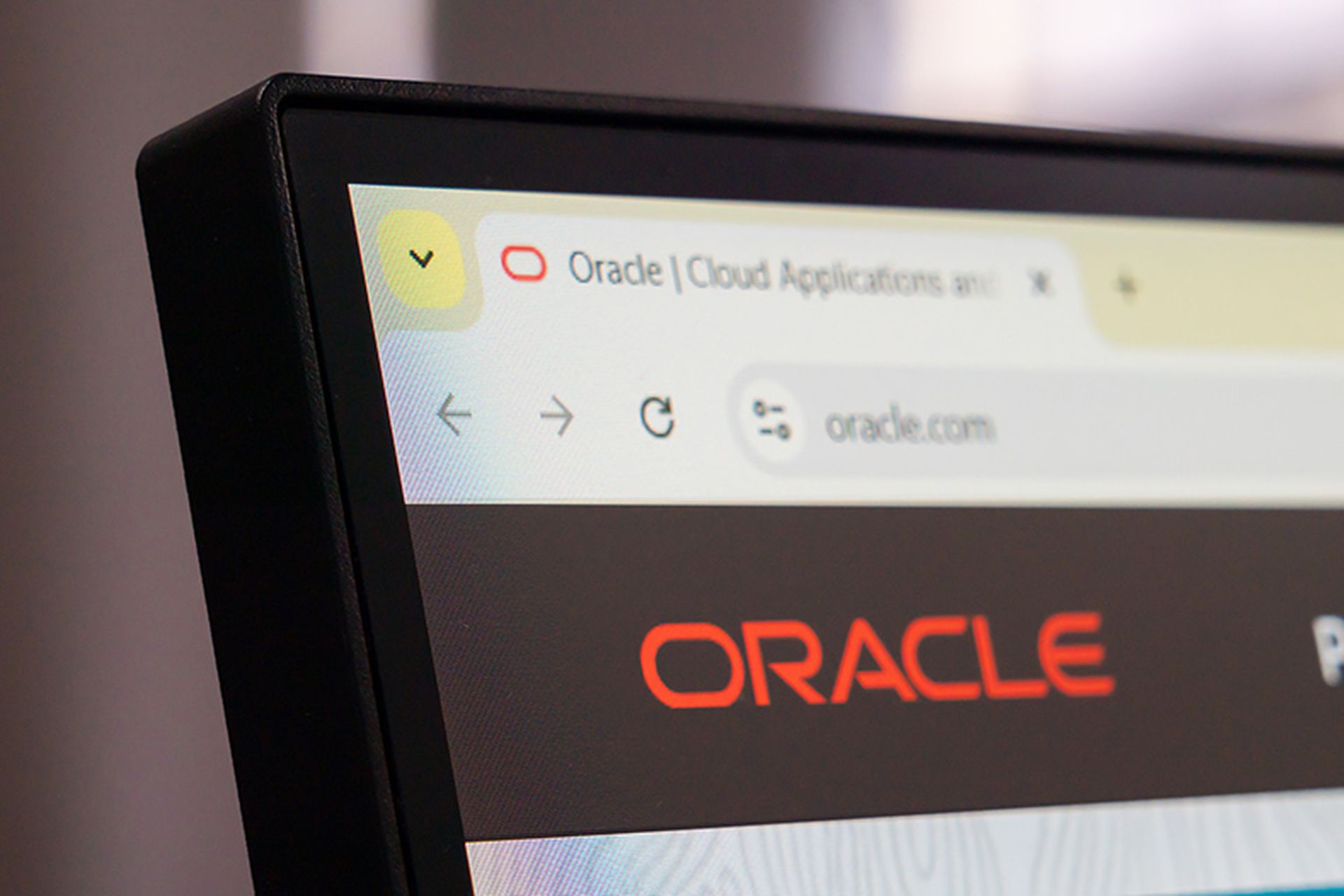As cloud-native development accelerates and security threats grow more sophisticated, organizations are turning to code-to-cloud security to safeguard their applications from development to deployment, DevOps reports.
This proactive strategy integrates security across every phase of the software development lifecycle, helping detect vulnerabilities early, reduce attack surfaces, and meet regulatory standards like GDPR and HIPAA.
Experts stress that traditional perimeter-based defenses are no longer sufficient in modern cloud environments, where rapid code changes and widespread attack vectors are common.
Code-to-cloud security supports DevSecOps by automating security controls, enforcing secure coding practices, and embedding zero-trust and least privilege principles. Tools such as Static and Dynamic Application Security Testing, Software Composition Analysis, Infrastructure as Code scanning, and Cloud Native Application Protection Platforms further strengthen this approach.
Matthew Weier O’Phinney of OpenLogic emphasizes that embedding security from the outset is both cost-effective and critical to maintaining application integrity and compliance in an evolving threat landscape.




